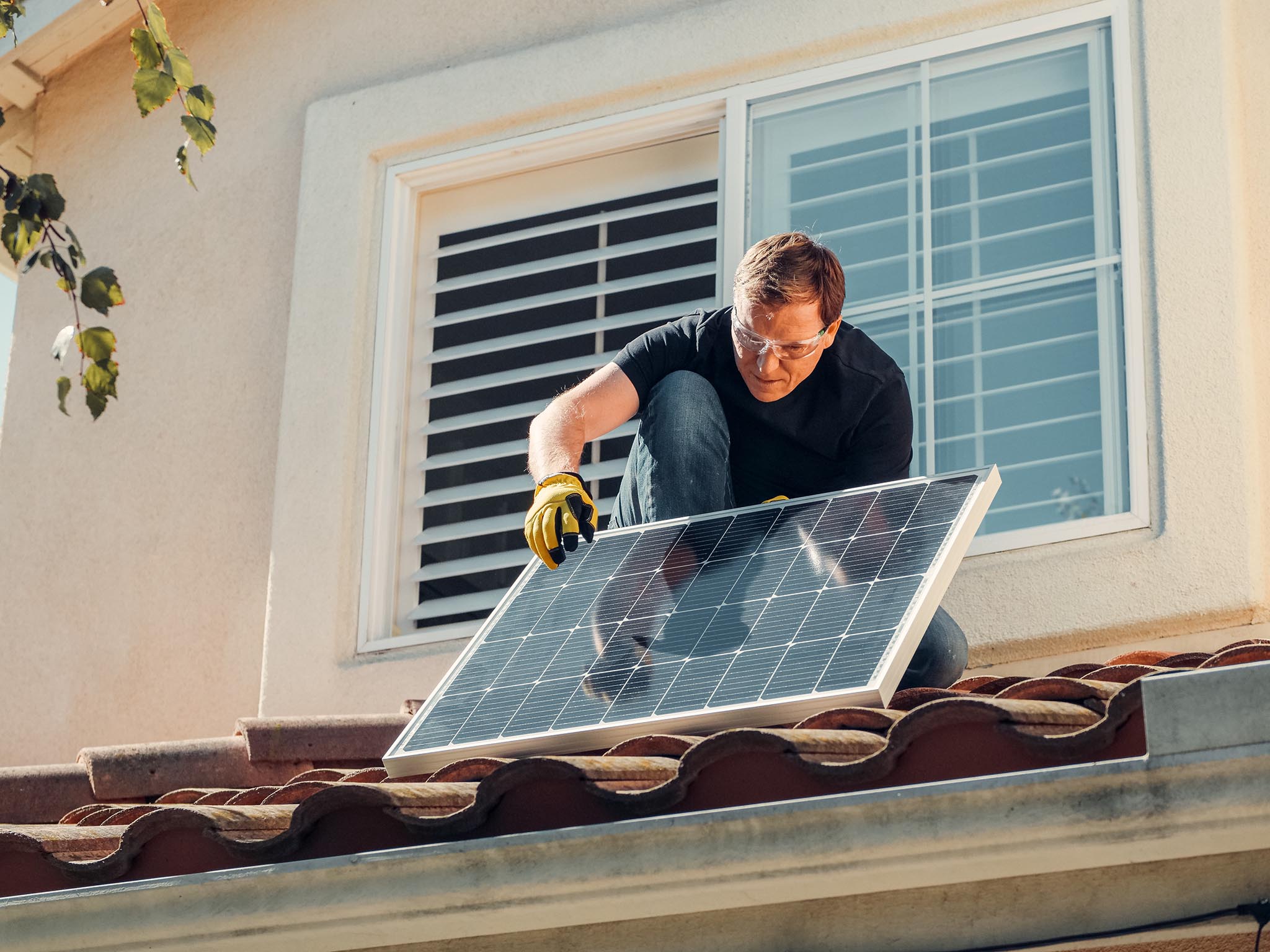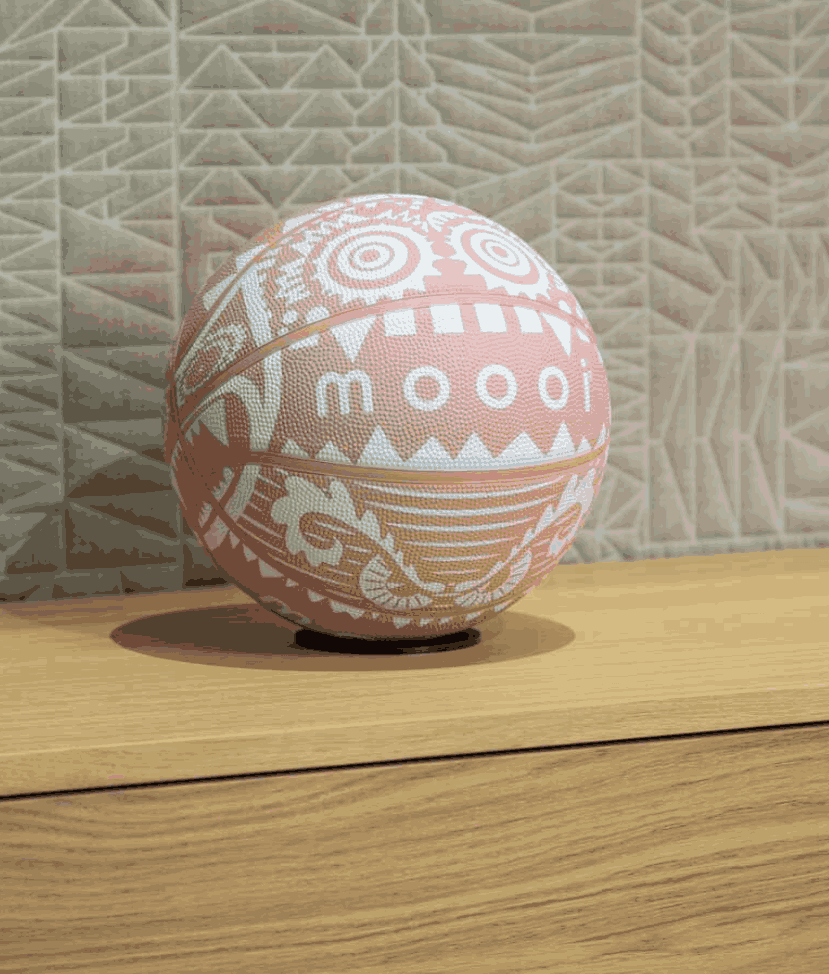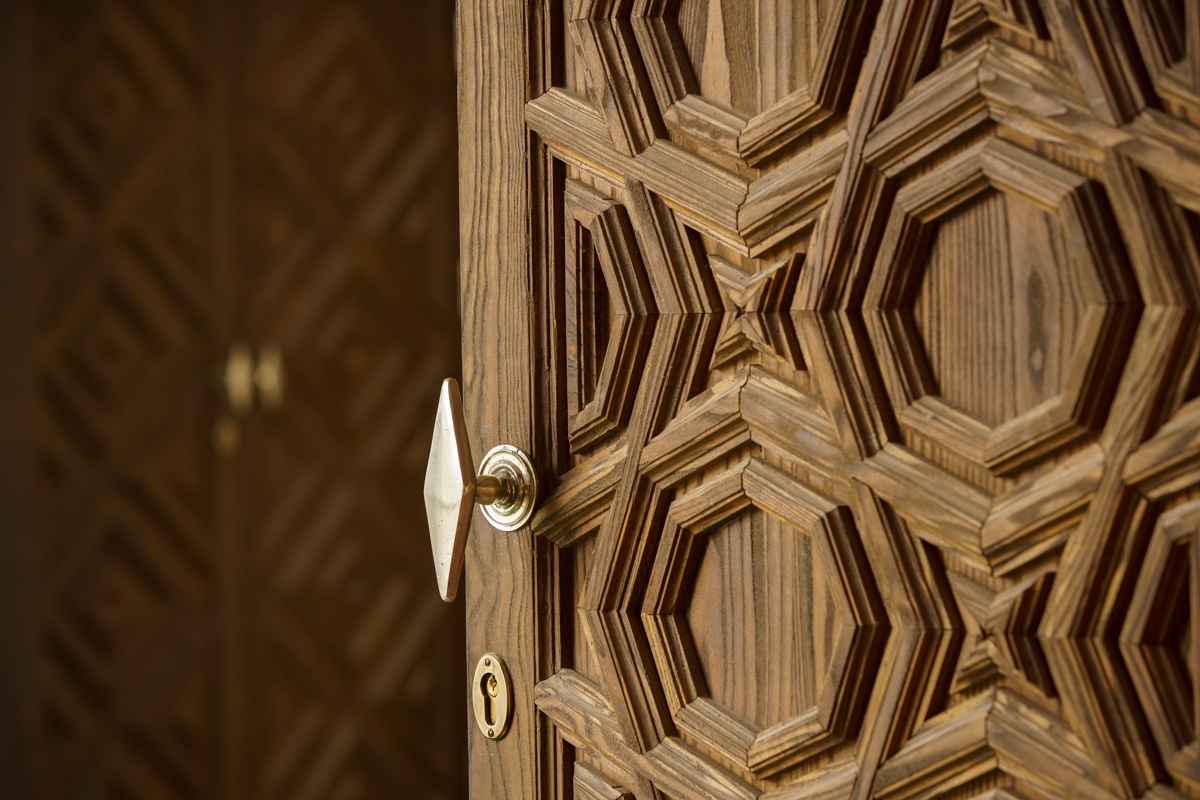Solar panels are made to capture the sun’s energy. They contain solar cells made from silicon, boron, and phosphorus layers.
The electricity generated depends on the duration and intensity of sunlight hitting the solar cells. It also depends on whether the panel is shaded.
Cost of Solar Panels
The cost of solar panels varies depending on several variables. The panels you select, your home’s energy requirements, and any available state and federal tax benefits are some of these factors.
The efficiency of your panels also has a significant impact on how much energy they produce. So panels with higher efficiency ratings can save you money in the long run.
How much electricity your solar system produces depends on several factors, including location and the peak sun hours your home receives. You can use a solar power meter or consult a solar energy expert to learn how many kilowatts your system can generate in an hour.
Once you know how much electricity your home consumes, you can work with a solar company to determine the appropriate size of the system. Larger systems will require more labor and equipment, but they can yield more savings in the long run.
Lifespan of Solar Panels
As with most technologies, solar panels will naturally produce less energy over time. This decline in performance is called degradation.
The average degradation rate is around 0.5%, meaning that after 20 years, your panels should produce about 90% of their original output.
Thankfully, some high-quality manufacturers are making strides to reduce this degradation rate by employing new technology.
Regular cleaning is one of the most excellent strategies to increase the longevity of your solar panel system. It will remove dust, leaves, pollen, and bird droppings, which can degrade the quality of your panels and shorten their life span.
The Efficiency of Solar Panels
Solar panels are made to take in light from the sun and transform it into power that can be used in your house or place of business. The ratio of solar energy a solar panel converts to electricity relative to how much sunshine it receives determines how much power it can generate.
The average solar panel is usually between 15 and 20% efficient. However, a few high-efficiency models that reach over 23 percent efficiency are available now.
When it comes to how a solar panel is designed, the most critical factor in efficiency is the type of silicon used to make the cells. Monocrystalline panels are more pure and are the most efficient of all kinds.
Another critical design factor is how the solar cells are wired together. For example, some manufacturers use interdigitated back contact (IBC) cells, where all busbars and wiring are on the rear side of the cell, freeing up its entire surface to absorb electricity without shading issues.
Maintenance of Solar Panels
Solar panels may endure more than 30 years with proper care and little maintenance.
If the panels are kept clean, they will produce more energy than they would otherwise. However, debris, like pollen, dust, leaves, and bird droppings, can reduce your panels’ ability to collect sunlight, reducing your power output.
In most cases, the sun’s rays can wash away this build-up and restore the panels’ efficiency. However, if your area doesn’t get much rain or the dirt and debris build up, you may need to have your solar panels cleaned more often.
The annual cost of solar panel maintenance ranges from $150 to $300, though it is best to call a professional. A professional will clean and inspect the panels for corrosion, wear, loose wiring or bolts, broken glass, and more.










